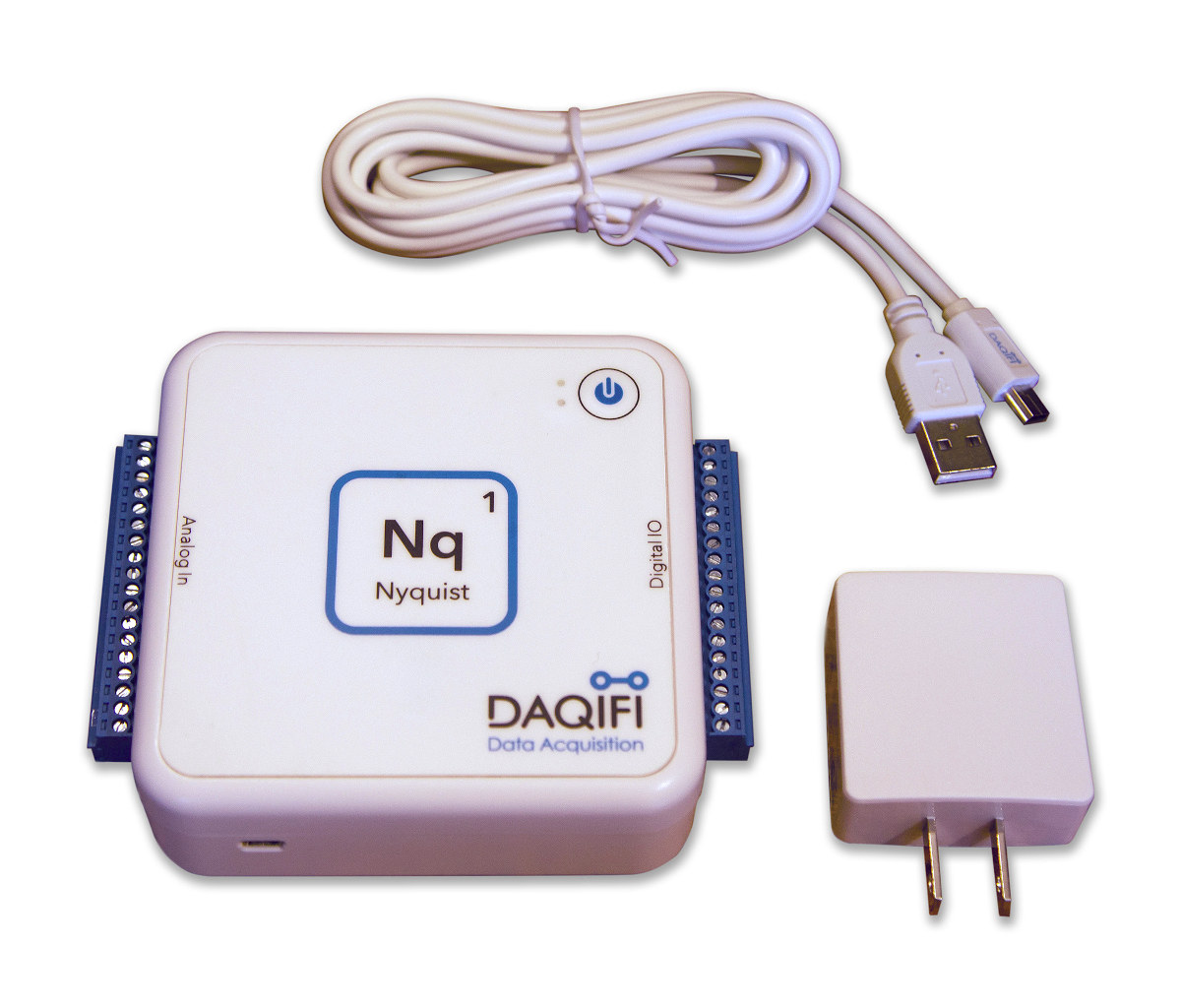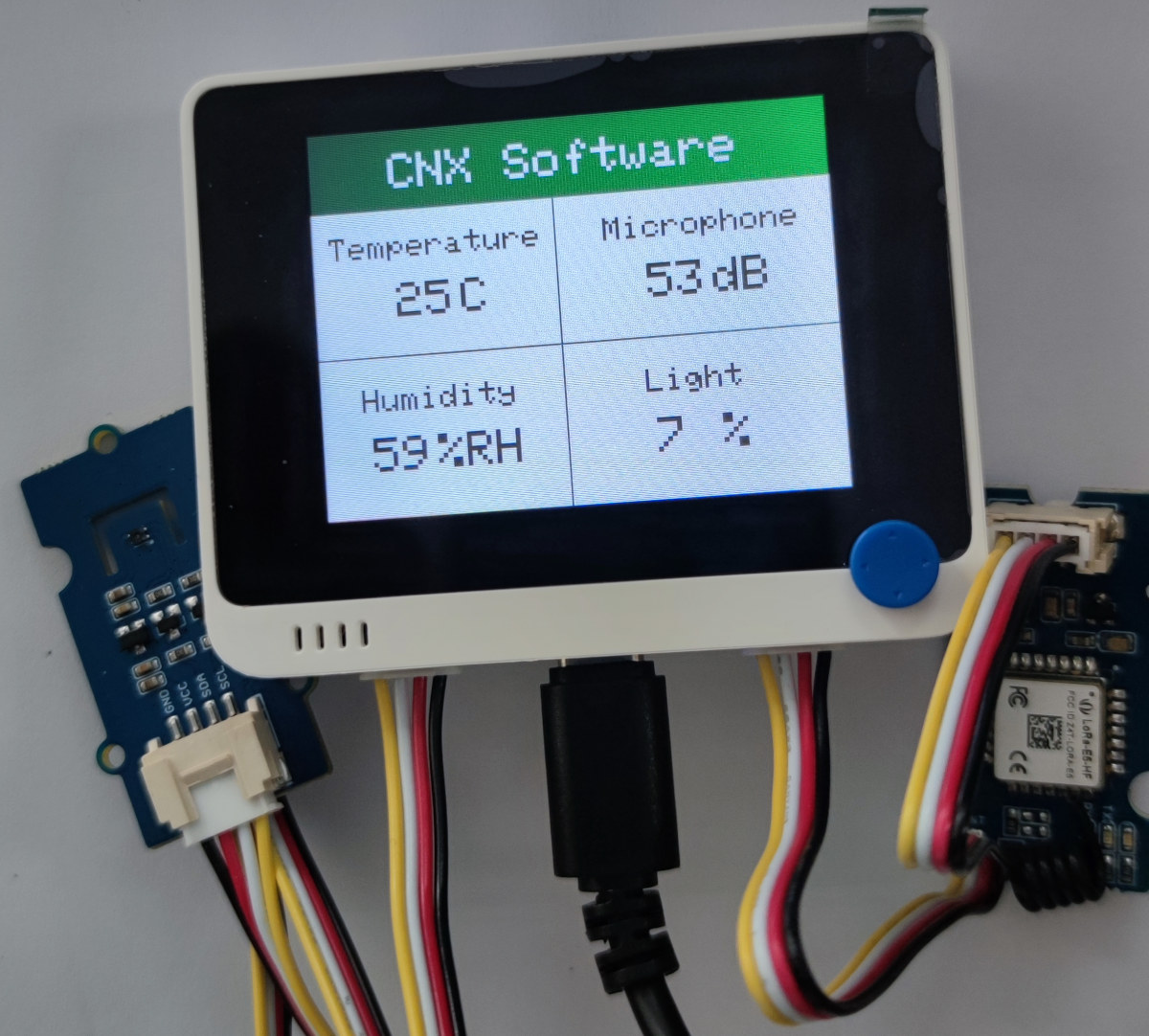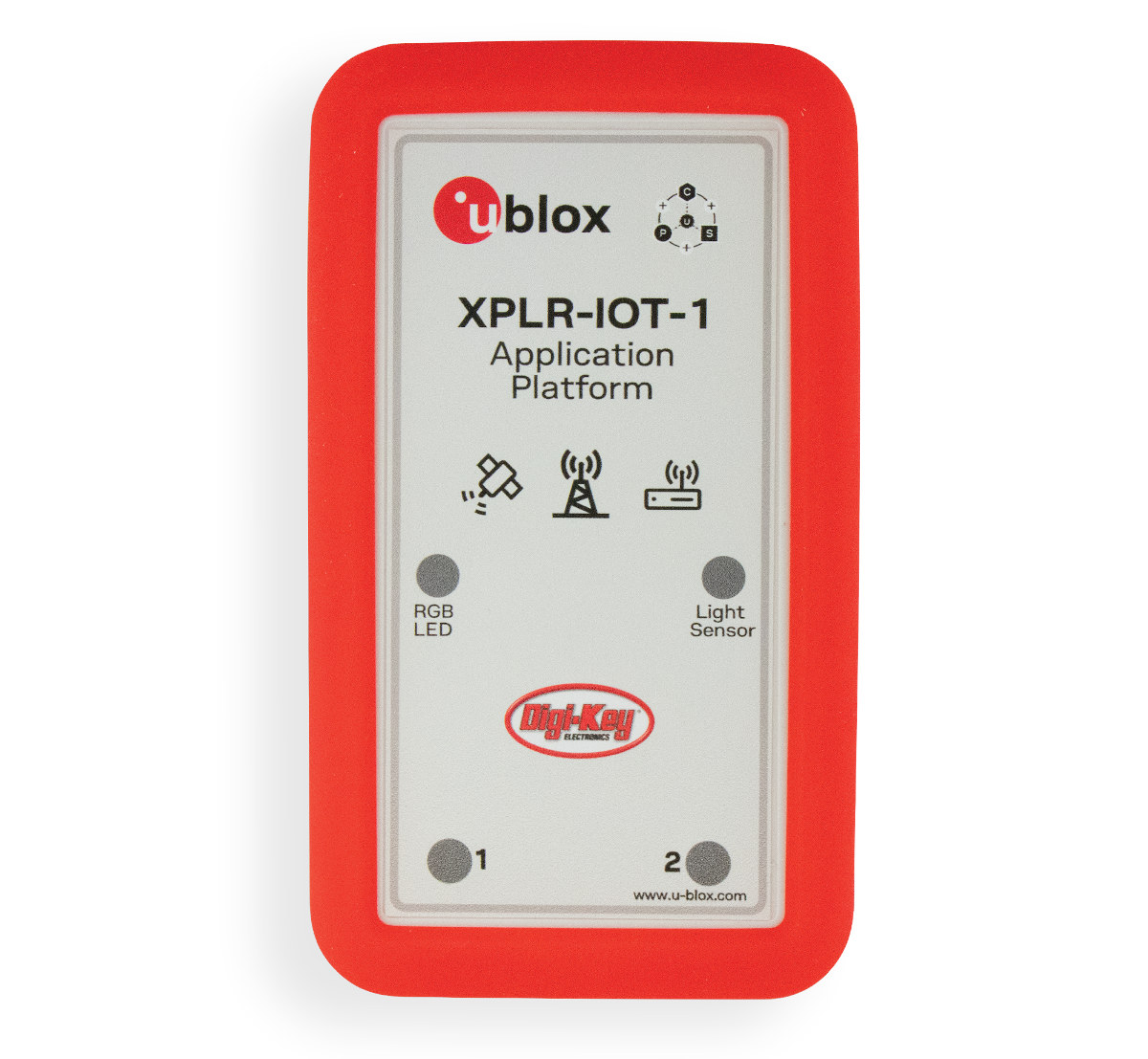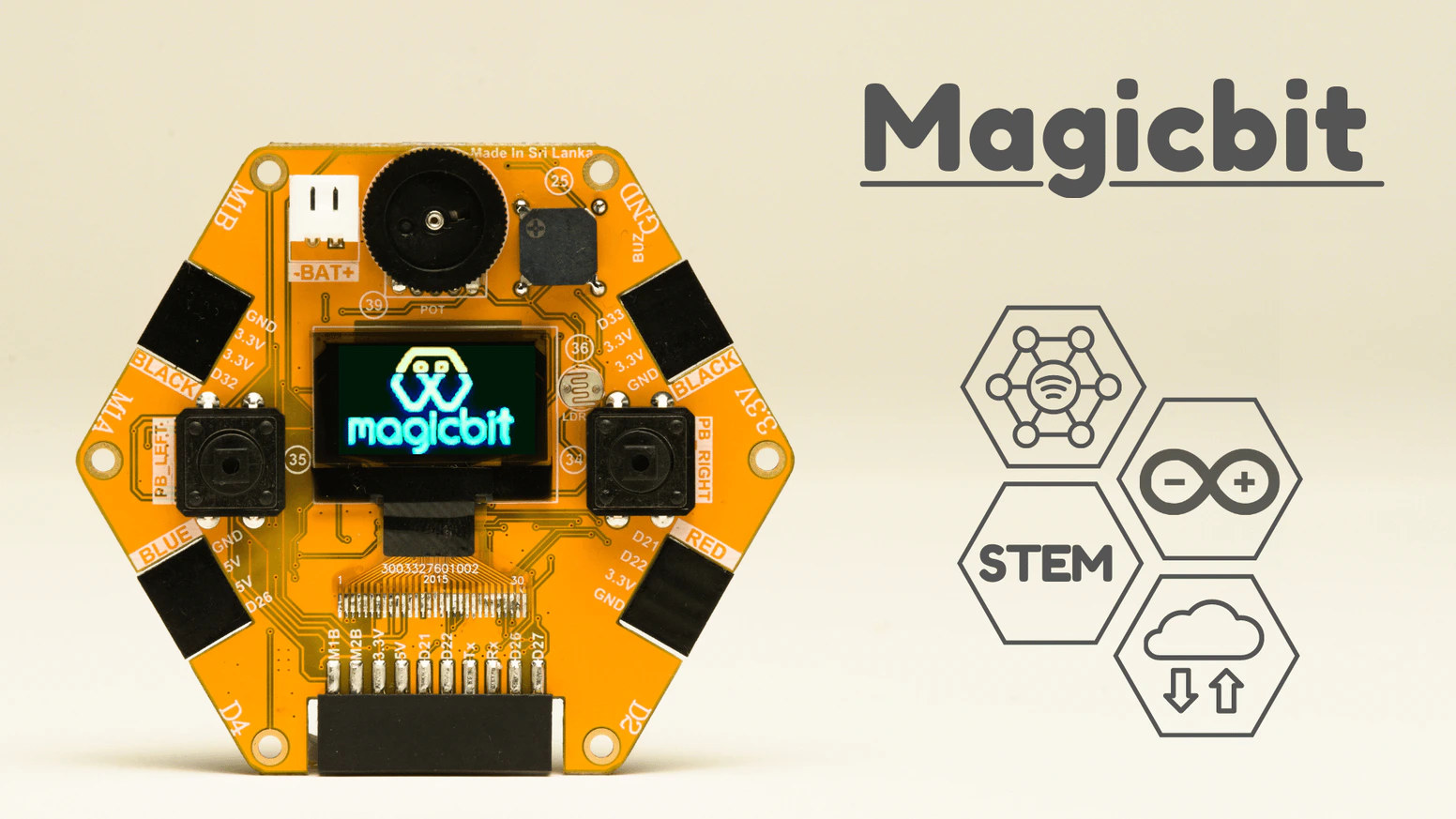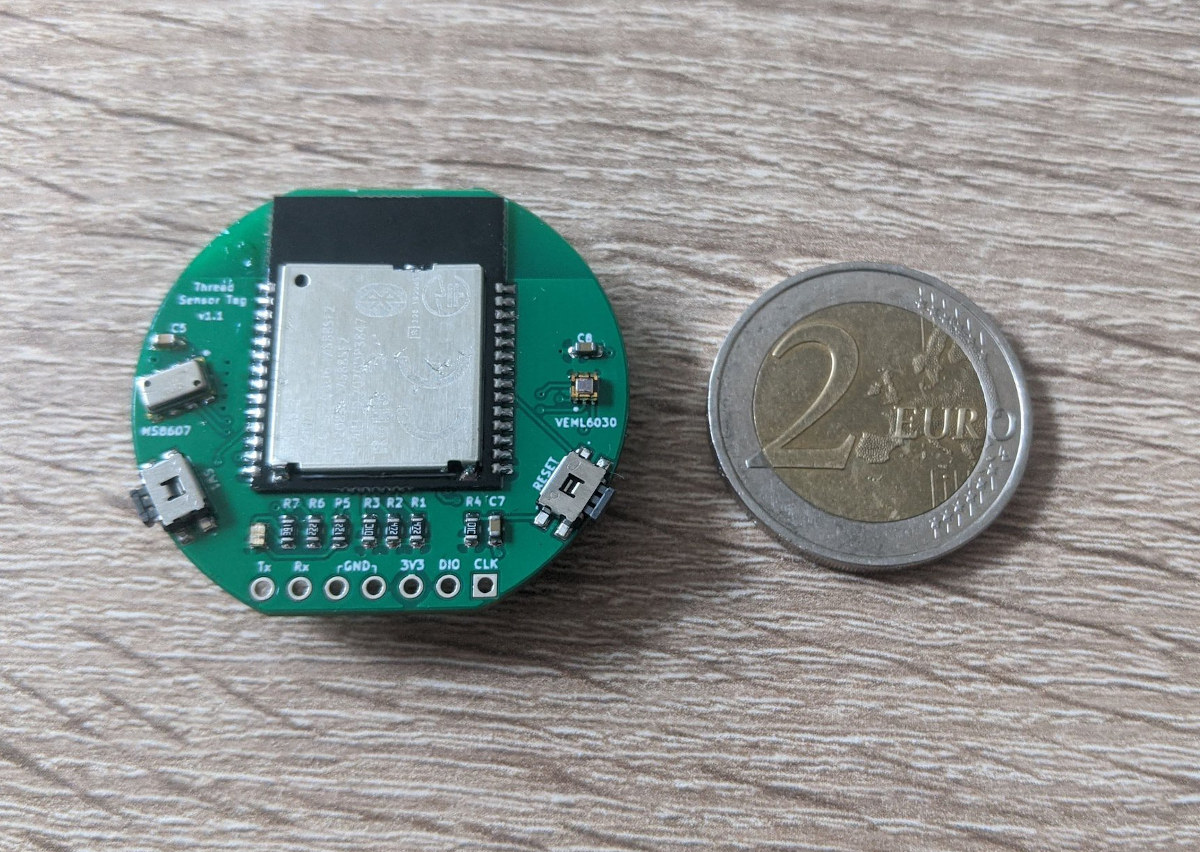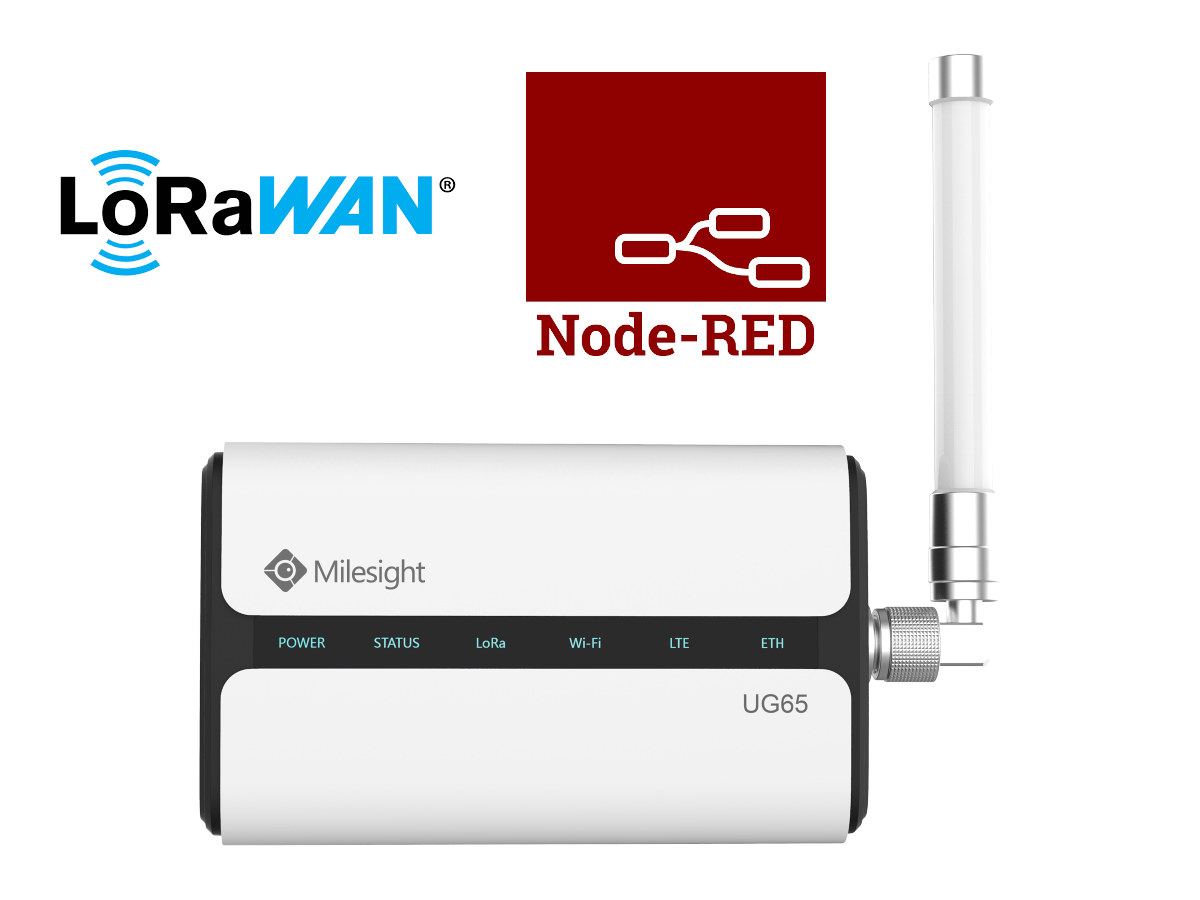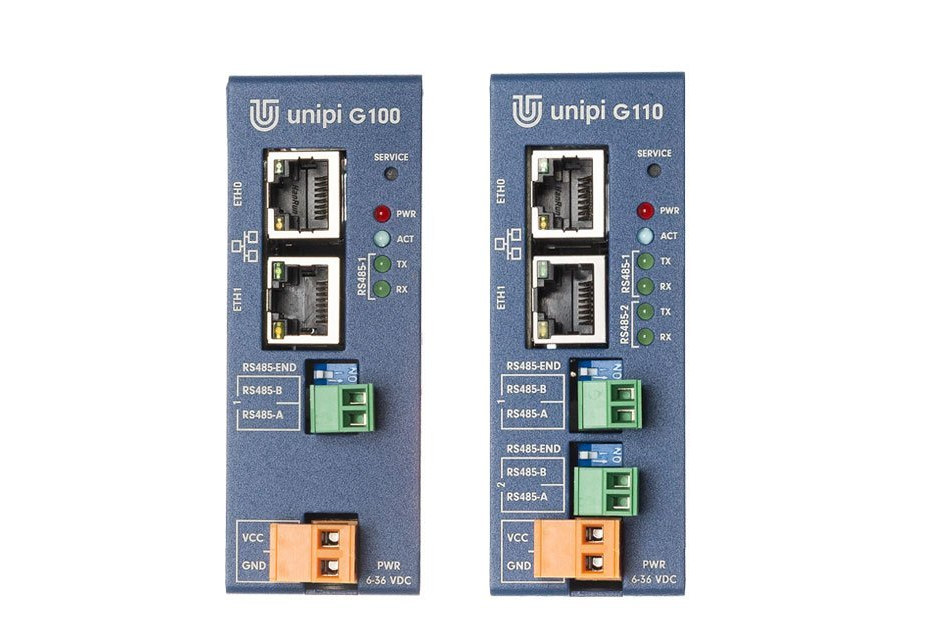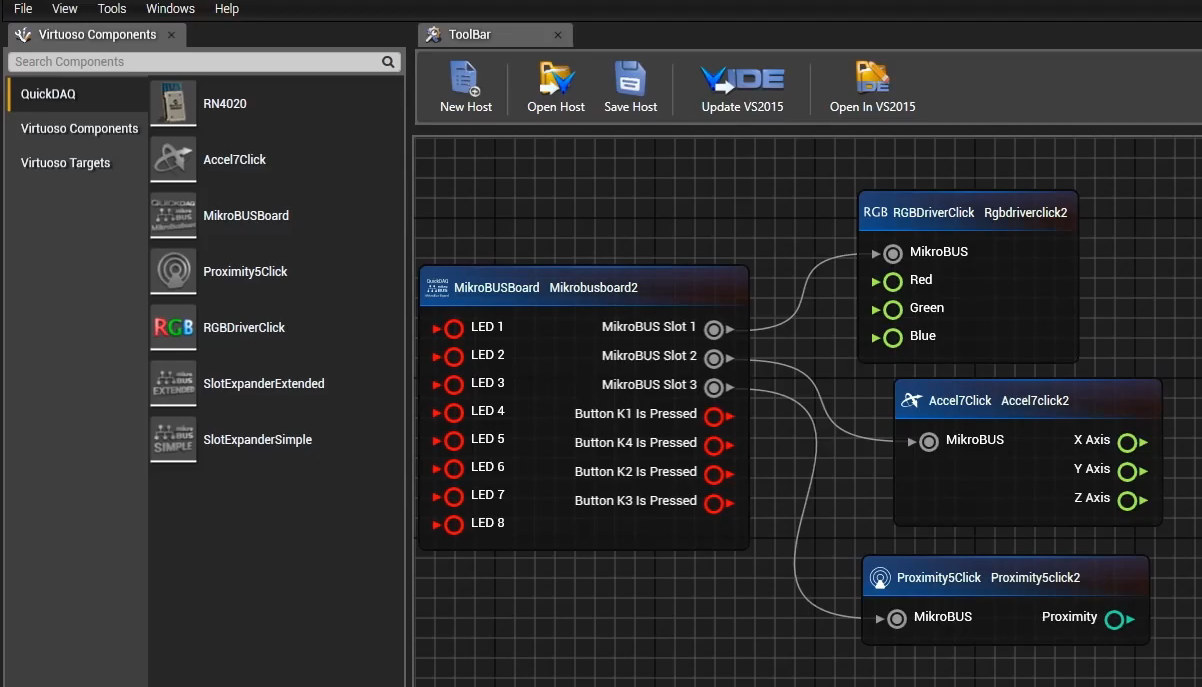DAQiFi Nyquist 1 is a battery-powered IoT data acquisition (DAQ) device that works over an 802.11n Wi-Fi connection or a USB interface, and can also log the data to a microSD card Equipped with 16 digital I/Os and 16 analog inputs, the Nyquist 1 can be used with all sorts of sensors to measure force and strain, pressure, temperature, current & voltage, luminosity, weight, pH angular velocity, and more. It’s also possible to connect multiple Nyquist 1 devices to a single PC instead of following the traditional method of having one dedicated PC plugged into each data acquisition solution. DAQiFi Nyquist 1 hardware specifications: MCU – Unspecified Microchip microcontroller Storage – MicroSD card slot for data logging Wireless – 802.11n Wi-Fi via Microchip ATWINC1500 wireless module USB – 1x USB 2.0 port 16x analog inputs 0-5V, 12 bit 10 kHz aggregate streaming 160 kHz+ aggregate logging Up to 4 differential […]
Getting Started with LoRaWAN on SenseCAP K1100 sensor prototype kit (Part 1)
CNXSoft: This getting started guide/review of the SenseCAP K1100 sensor prototype kit is a translation of the original post on CNX Software Thai. The first part of this tutorial describes the kit and shows how to program it with Arduino to get sensor data to a LoRAWAN gateway and display it on Wio Terminal, before processing the data in a private LoRaWAN network using open-source tools such as Grafana. The second part – to be published later – will demonstrate the AI capability of the kit. In the digital era where IoT and big data are more prevalent, a large amount of data is required to be collected through sensors. To enable the digital transformation, SeeedStudio’s SenseCAP K1100 comes with all necessary sensors and equipment including the Wio Terminal, AI Vision Sensor, and a LoRaWAN module. With this plug-and-play platform, makers can easily create DIY sensors for data collection and […]
u-blox XPLR-IOT-1 explorer kit embeds cellular IoT, Wi-Fi, BLE, GNSS, and sensors for IoT evaluation
u-blox XPLR-IOT-1 explorer kit is an all-in-one IoT evaluation platform with cellular IoT, Wi-Fi, Bluetooth Low Energy, and GNSS, plus some sensors to evaluate various IoT products and enable proofs of concepts such as logistics container trackers, industrial automation, sensor-to-cloud applications, and fleet management solutions. The device’s main module is the u-blox NORA-B106 with a dual-core Arm Cortex M33 microcontroller and Bluetooth LE 5.2 radio that host the application software and control the other modules, namely the SARA-R510S module for LTE-M and NB-IoT cellular connectivity, NINA-W156 2.4 GHz Wi-Fi module, and the MAX-M10S GNNS module. The XPLR-IOT-1 platform is also equipped with an accelerometer, a gyroscope, a magnetometer, and temperature, humidity, pressure, and ambient light sensors. u-blox XPLR-IOT-1 specifications: Main MCU – Nordic Semi nRF5340 dual-core Arm Cortex M33 @ 128/64 MHz with 512 + 64 kB RAM memory and 1024 + 256 kB flash (found in NORA-B106 module) Wireless […]
Magicbit is a wire-free, modular STEM education platform (Crowdfunding)
Magicbit board joins other ESP32 platforms for the STEM education market such as the Crowbits Master Kit or ESP32-based Micro:bit clones with visual programming and Arduino and/or MicroPython support, a mobile app, and training materials such as project tutorials and online courses. Magicbit is designed to be wire-free with the hexagonal board offering four module’s connectors, an OLED display, buttons, a buzzer, and more. You can still use cables if you’d like with six crocodile clip holes and an expansion connector. Magicbit hardware specifications: Wireless module based on ESP32 dual-core processor @ 240 MHz with 520kB RAM and 2.4 GHz WiFi & Bluetooth 4.2/5.x LE connectivity, plus 4MB flash storage Display – OLED display Audio – Buzzer USB – 1x Micro USB port for power and programming Expansion 4x module expansions Motor driver Misc – Reset button, 2x user buttons, potentiometer, light sensor, LEDs Power Supply – 5V via MicroUSB […]
Coin cell-powered OpenThread sensor board can send data every 20 seconds for three years
Monkey Store’s Thread Sensor Tag is a pressure, humidity, temperature, and light sensor that connects to the OpenThread network, and is capable of transmitting MQTT/UDP data every 20 seconds over a period of around three years from a single coin cell battery. As a reminder, OpenThread is an implementation of the Thread IoT network protocol that was unveiled in 2016 by Nest Labs (now Google/Alphabet). This has not been widely used so far, but we did write about MKR SharkyPro development board with OpenThread support via STMicro STM32WB5MMG wireless module earlier this year, and Monkey Store is telling us both Google and Apple are working on devices with support for the IoT protocol. Thread Sensor Tag specifications: Wireless module – Minew MS88SF2 based on Nordic Semi nRF52840 multi-protocol 2.4GHz wireless Cortex-M4 microcontroller Sensor VEMLS6030 I2C light sensor MS8607 pressure, humidity, and temperature sensor I/Os – 7x through holes with Tx/Rx, […]
UG65 LoRaWAN gateway supports Node-RED, up to 2,000 nodes
Node-RED is a popular flow-based, visual programming development tool originally developed by IBM for wiring together hardware devices, APIs, and online services as part of the Internet of Things. But despite being designed for the IoT, I’ve seldom seen Node-RED support for LoRaWAN hardware, the only exception being the Axon platform, a tiny WiFi & LoRaWAN board. But there’s at least one more option with Milestone IoT’s UG65 LoRaWAN gateway, launched late last year, getting a firmware update that adds Node-RED support. UG65 LoRaWAN gateway specifications: SoC – NXP quad-core Cortex-A53 processor @ 1.5 GHz System Memory – 512 MB DDR4 RAM Storage – 8 GB eMMC flash Connectivity LoRaWAN Semtech SX1302 based Fully Integrated Internal Antenna (Optional: 1 × 50 Ω N-Female External Antenna Connector) 8 channels Frequency Bands – CN470, IN865, EU868, RU864, US915, AU915, KR920, AS923 Sensitivity – -140dBm Sensitivity @292bps Output Power – 27dBm Max Protocol […]
UniPi Gate RS485 Linux IoT Gateway features 600 MHz Rockchip RK3328 SoC
Based in the Czech Republic, UniPi Technology design and manufacture programmable logic controllers, gateways, sensors and systems for smart homes, building management systems, industry and automation projects. Their latest product is UniPi Gate G100/G110 Linux IoT gateway with Ethernet and RS485 interfaces. When the company contacted CNX Software about the gateway, they told us the system was based on a quad-core Cortex-A53 processor clocked at 600 MHz. Since we are not aware of such SoC, we asked, and UniPi told us it was Rockchip RK3328. That processor is normally clocked at 1.5 GHz, and it turns out the company purposely underclocked the processor to 600 MHz to extend the temperature range and reduce the heat emitted by the CPU. UniPi Gate G100 & G110 specifications: SoC – Rockchip RK3328 quad-core Cortex-A53 processor @ 600 MHz System Memory – 512MB RAM Storage – 16GB eMMC flash, MicroSD card slot Networking – […]
QuickDAQ.mikroBUS Development Board Leverages Visual Programming and MikroE Click Boards (Crowdfunding)
mikroBUS is a socket interface that allows you to connect MikroElektronik (MikroE) Click add-on boards that can be buttons, sensors, a servo controller, a wireless module, and practically anything you may think of since there are over 700 Click boards to choose from. We already covered several SBC with MikroBUS sockets starting with SolidRun HummingBoard Gate board that offered a single socket for 150+ Click boards at the time (2015). Other boards include Azure Sphere MT3620 with two MikroBUS sockets and MikroElektronika’s own Flip & Click board designed to take one Arduino shield and up to four Click boards. Another upcoming option is QuickDAQ.mikroBUS developer by EmbeddeTech in collaboration with MikroElektronika, powered by a Microchip PIC32 MCU, offering three MikroBUS sockets, and designed to work with “Virtuoso Low-Code Environment” that allows people to program the board using NodeRed-like visual programming and generate a Visual Studio project with code from the […]


